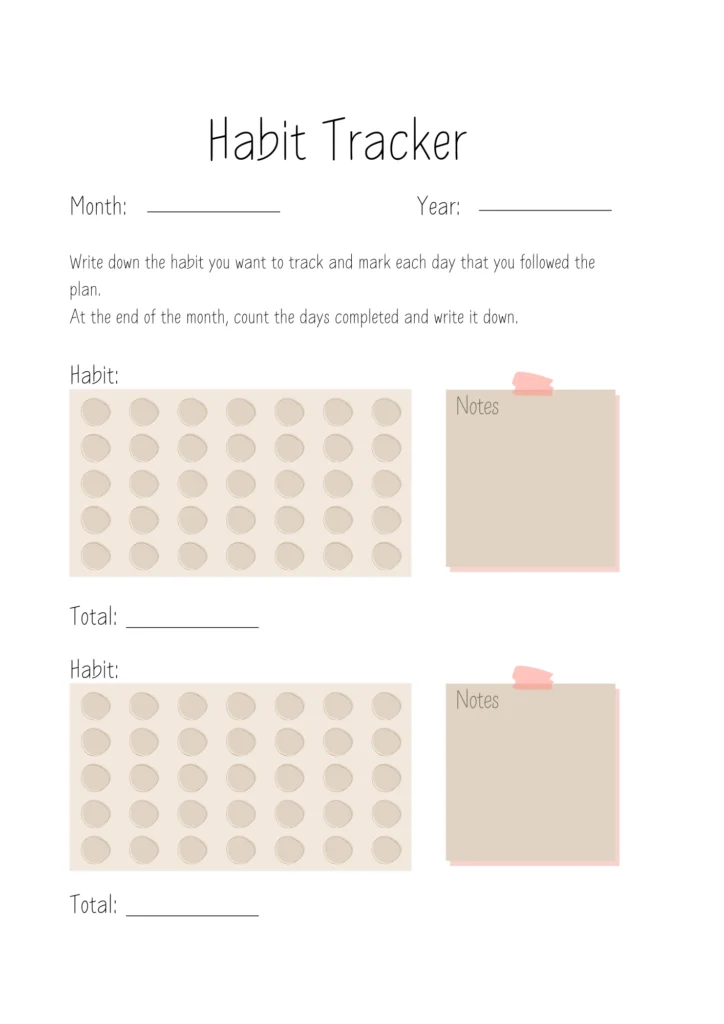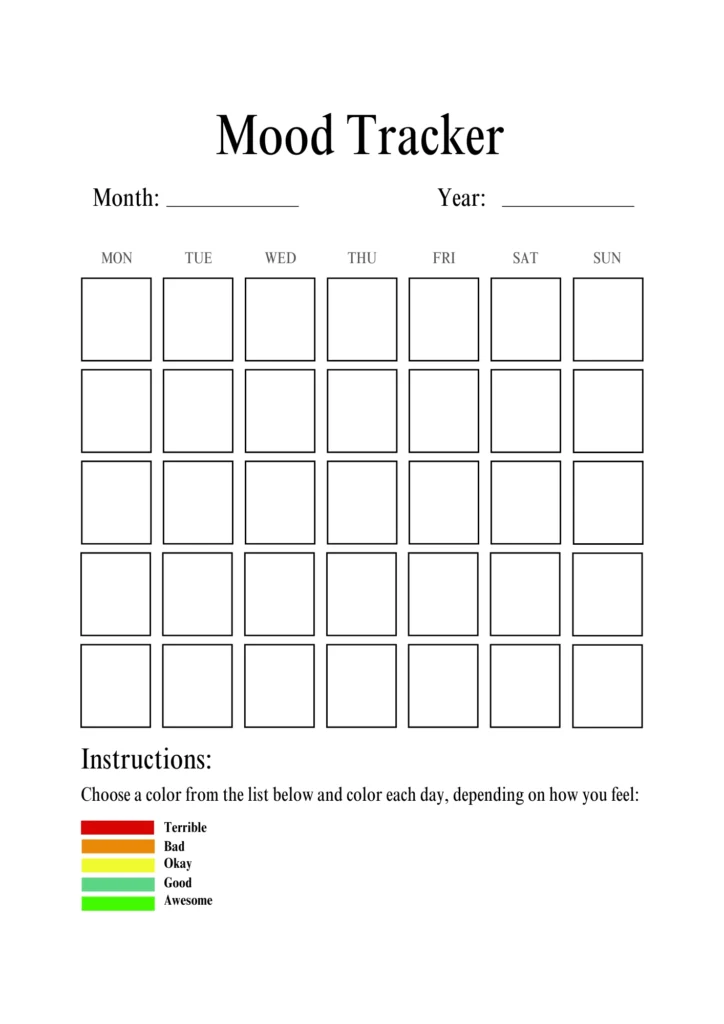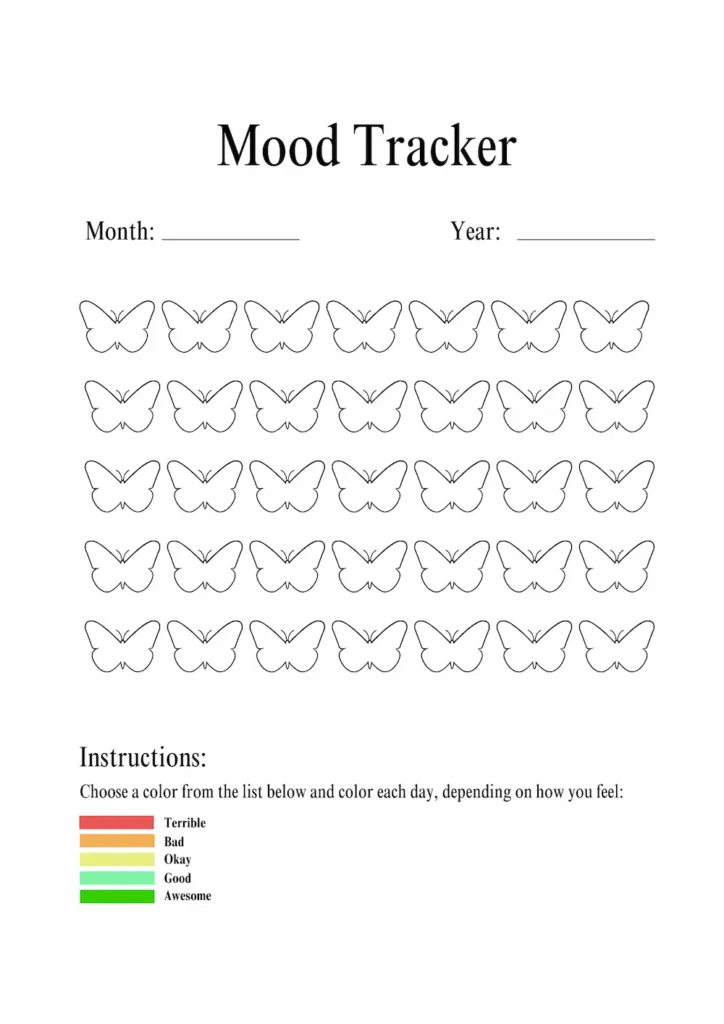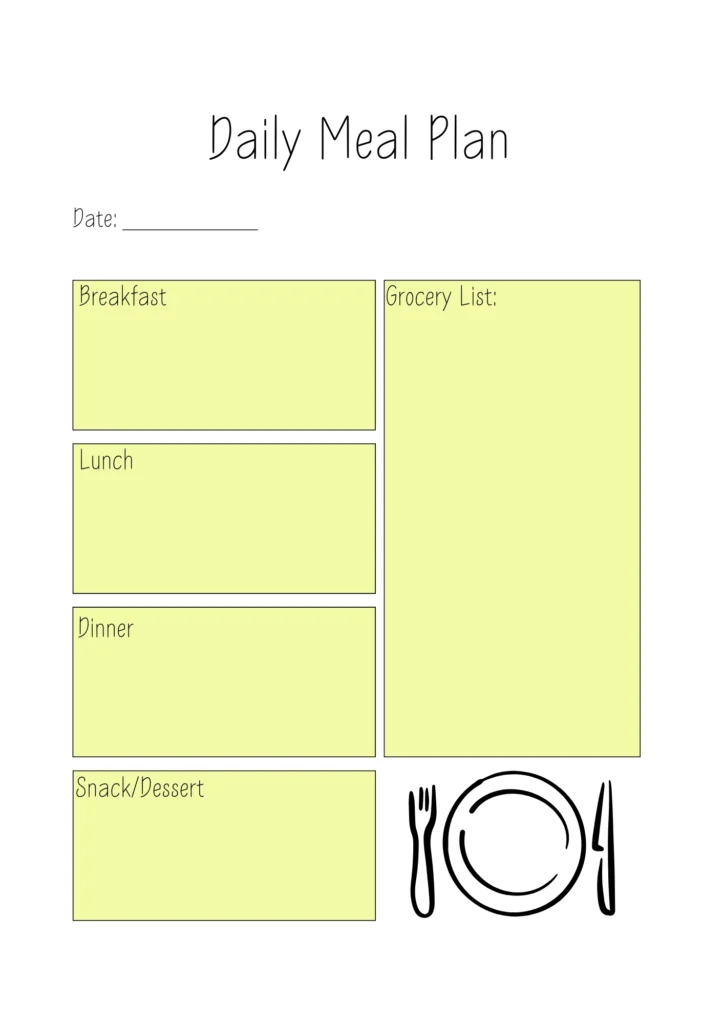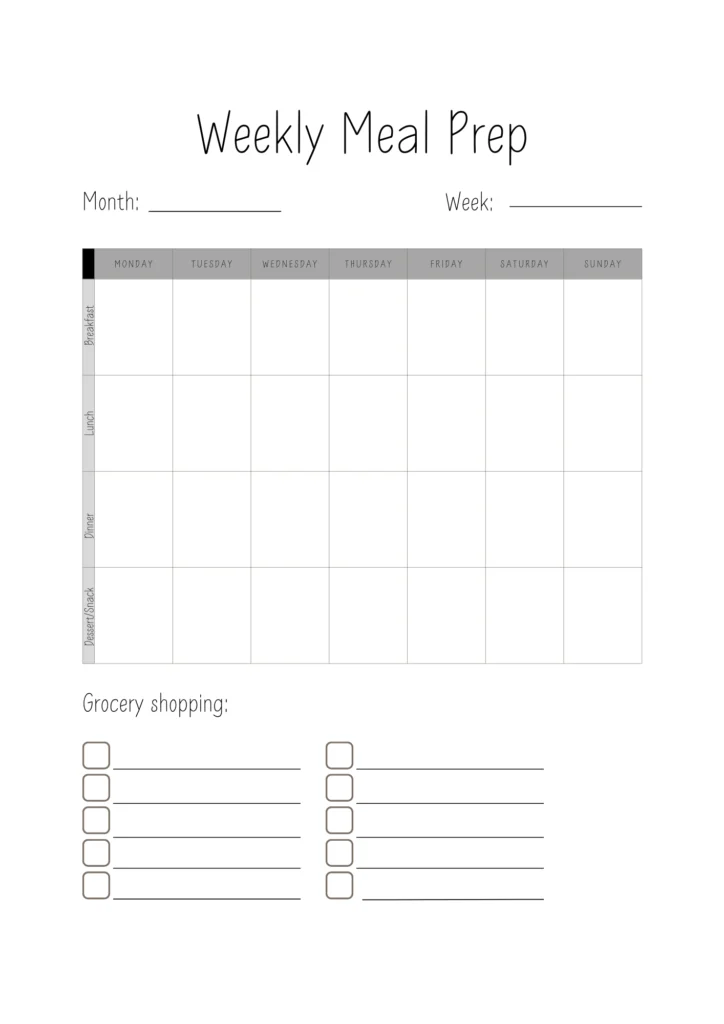
Habit tracker printables transform abstract goals into concrete daily actions. Instead of hoping you’ll remember to drink water or wondering if you’re exercising consistently, these physical sheets give you a clear system to follow and measure your progress. Here’s exactly how to use each type of tracker to build lasting habits.
Types of Free Habit Tracker Printables
Whether you prefer a simple grid layout or a more visually appealing design with butterflies, there’s a free habit tracker template available to help you monitor and improve your daily routines.
How to Use a 30-Day Habit Tracker
The 30-day habit tracker is a grid with dates across the top and space for two habits on the left side. This format lets you see your consistency patterns at a glance and identify which days of the week or month are most challenging.
Setting up your tracker: Write your specific habit in the right column using action words. Instead of “exercise,” write “walk for 20 minutes.” Instead of “read more,” write “read 10 pages.” This eliminates confusion about whether you’ve completed the habit.
Daily tracking method: Each evening, look at your habit and ask yourself: “Did I complete this specific action today?” If yes, fill in the corresponding box with a checkmark, dot, or color. If not, leave it blank or mark it with an X. Don’t use partial marks – either you did it or you didn’t.
Weekly pattern recognition: At the end of each week, scan your row of marks. Notice if weekends are consistently blank, or if Mondays are always successful. These patterns reveal when you need extra support or when your routine naturally works.
Example tracking scenario: You want to track “drink 8 glasses of water” and “journal each day.” On Monday, you drank 8 glasses and wrote a journal entry – both boxes get checkmarks. Tuesday you drank 8 glasses but didn’t write- only the water box gets marked. This clear record shows you’re consistent with hydration but need a better journaling routine.
How to Track Your Mood Effectively
Mood trackers work differently because emotions aren’t binary like completed tasks. You’re capturing your overall emotional state to identify patterns and triggers over time.
The Box Mood Tracker method: Assign each emotion a specific color or symbol before you start. For example: blue for calm, red for stressed, yellow for happy, green for energetic, purple for sad. Keep this key visible on your tracker.
Daily mood assessment: Each evening, think about your predominant emotion from the day. Don’t overthink it – go with your first instinct. Color in or mark the corresponding box. If you felt multiple strong emotions, choose the one that dominated or affected you most.
The Butterfly Mood Tracker approach: This creative version uses butterfly wings that you color based on your daily mood. The visual result creates a beautiful pattern that represents your emotional month. Use the same color-coding system, but fill in the butterfly wings instead of boxes.
Connecting mood to actions: After two weeks of tracking, look for correlations. Do red (stressed) days cluster around certain dates? Are yellow (happy) days more frequent after blue (calm) days? These insights help you understand what influences your emotional well-being.
Practical example: You notice that every Thursday shows red (stressed). Looking closer, you realize Thursdays are when you have back-to-back meetings and skip lunch. This pattern reveals a specific problem you can solve by blocking lunch time on Thursdays.
Water Intake Tracking That Works
The water tracker has circles representing glasses of water for each day of the week. This visual system makes it impossible to lie to yourself about your hydration habits.
Real-time marking system: Fill in a circle immediately after drinking each glass of water. Don’t wait until evening to try remembering how much you drank – you’ll consistently underestimate or forget glasses entirely.
Strategic water placement: Keep your tracker next to your water bottle or on your desk where you’ll see it throughout the day. When you refill your bottle, mark your tracker. This creates a physical connection between the action and the tracking.
Adjusting for your needs: If 10 circles per day feels overwhelming, start with 6 and add more as the habit strengthens. If you drink from larger bottles, count each 16-ounce bottle as two glasses and mark two circles.
Weekly analysis technique: At week’s end, count your total marked circles. Divide by 7 to get your daily average. If you’re hitting 6 glasses when you aimed for 8, you know exactly how much to increase rather than vaguely feeling like you “should drink more water.”
Problem-solving with data: If Monday through Wednesday show 8 circles but Thursday and Friday show 4, you’ve identified that work stress makes you forget to hydrate. The solution isn’t willpower – it’s setting Thursday and Friday water reminders.
Meal Planning & Prep Tracker Instructions
These trackers transform chaotic meal decisions into organized systems that save time and reduce food waste.
Daily Meal Planner setup: Write each day of the week in the designated spaces, then fill in breakfast, lunch, dinner, and snacks for the entire week during one planning session. This prevents daily “what should I eat” decisions that often lead to poor choices.
Strategic planning approach: Start with dinners since they’re usually the most complex. Plan around your schedule – quick meals on busy days, elaborate cooking on free evenings. Then plan breakfasts and lunches that use similar ingredients to minimize grocery shopping. This approach helps you plan and simplify your entire weekly routine around realistic meal preparation.
Weekly Meal Prep execution: Use this tracker to organize your preparation schedule, not just your meal ideas. Write what you’ll prep on Sunday (wash vegetables, cook grains), what you’ll prepare Monday evening (chop vegetables for stir-fry), and what you’ll do Wednesday (marinate chicken for Thursday dinner).
Grocery list integration: As you fill out your meal plans, immediately write needed ingredients on your shopping list. This prevents mid-week grocery runs and ensures you have everything needed for your planned meals.
Batch cooking strategy: Group similar preparation tasks together. If you’re chopping onions for Tuesday’s soup, chop extra for Thursday’s stir-fry. Your tracker should reflect these efficient batching decisions, not just individual meal plans.
Making Your Trackers Work in Real Life
Morning setup ritual
Keep your trackers in the same place every day – next to your coffee maker, on your nightstand, or taped to your bathroom mirror. Consistent placement eliminates the excuse of not finding your tracker.
Evening completion routine
Set a specific time each evening to review and fill out your trackers. This might be right after dinner, during your bedtime routine, or while your coffee brews. Consistency in timing makes tracking automatic.
Honesty over perfection: Mark exactly what happened, not what you wish had happened. If you only drank 4 glasses of water instead of 8, mark 4 circles. This honest data reveals your actual patterns so you can create realistic solutions.
Visual motivation techniques: Use different colored pens for different trackers, or create a small reward system – like putting a gold star sticker after completing all your tracked habits for three consecutive days.
Benefits of Consistent Tracking
Since I started using these trackers, I’ve noticed significant improvements in my daily life. I’m more aware of my habits, both good and bad, and I’ve been able to make positive changes. For example, using the water tracker has helped me stay better hydrated, which has improved my energy levels throughout the day.
FAQ
I’ve included a FAQ section to address common questions about using these trackers effectively:
The trackers include options for tracking water intake, planning and prepping meals, and monitoring your mood over time.
No, the trackers are PDF printables and not customizable, so you’ll need to print them out and fill them in by hand.
You can download the trackers directly from the links provided in this article. Once downloaded, print them out and start filling them in to track your progress!
